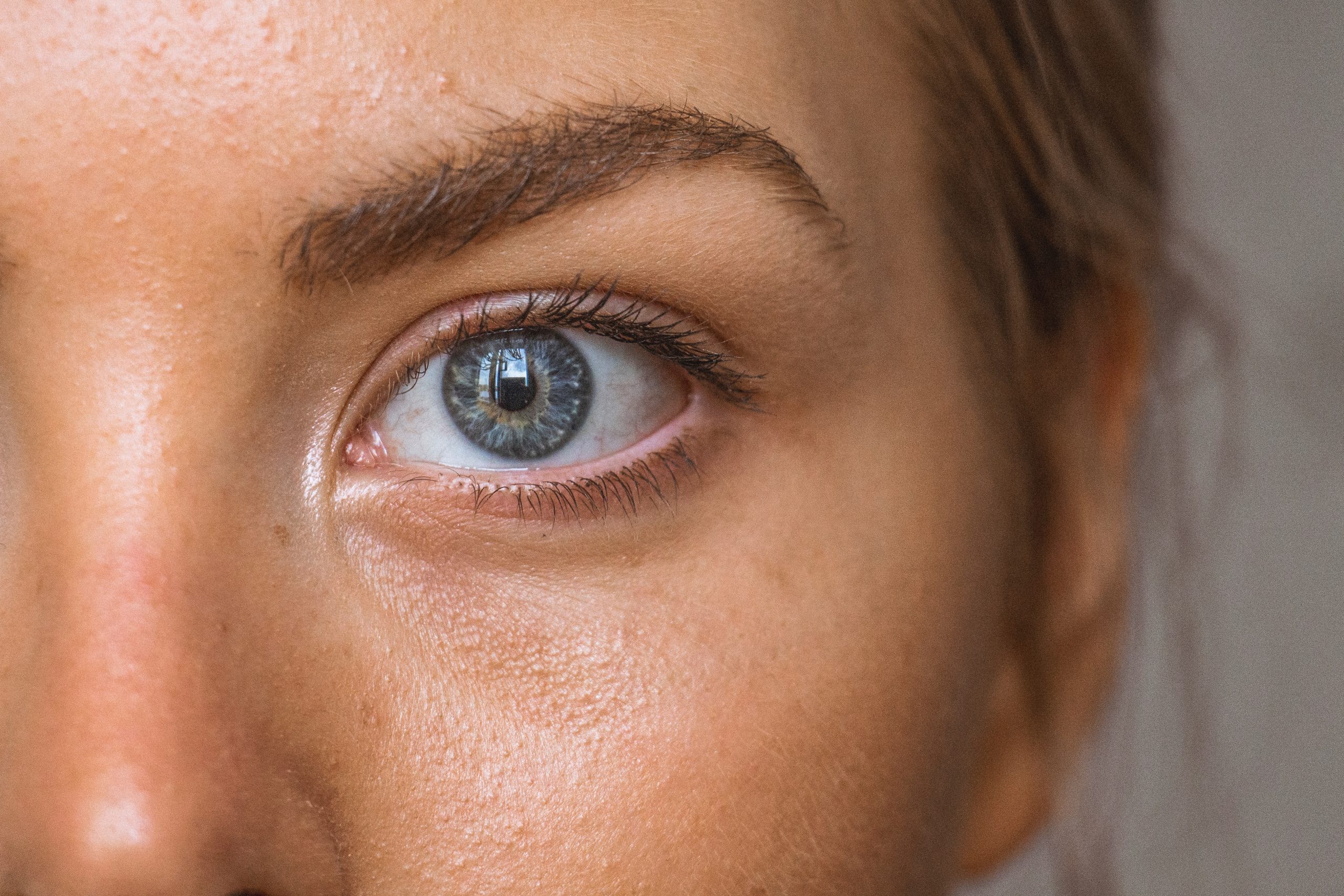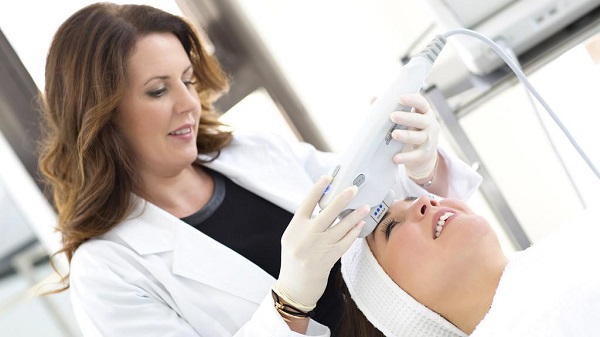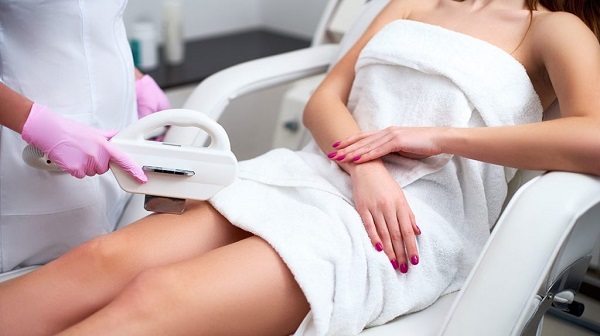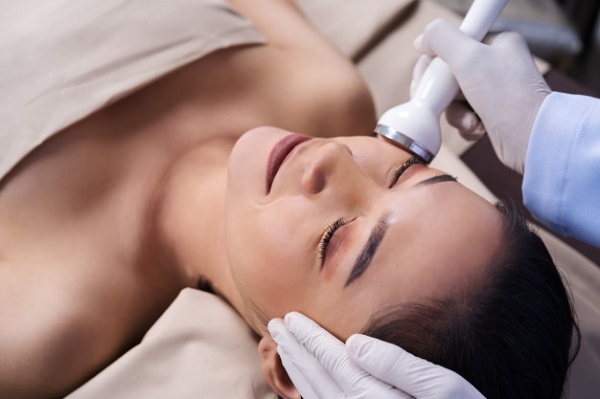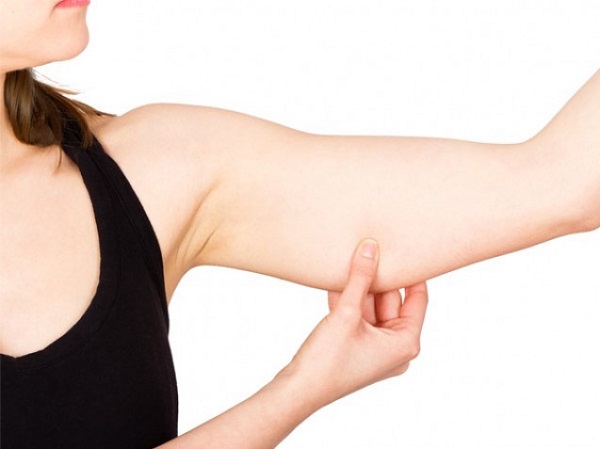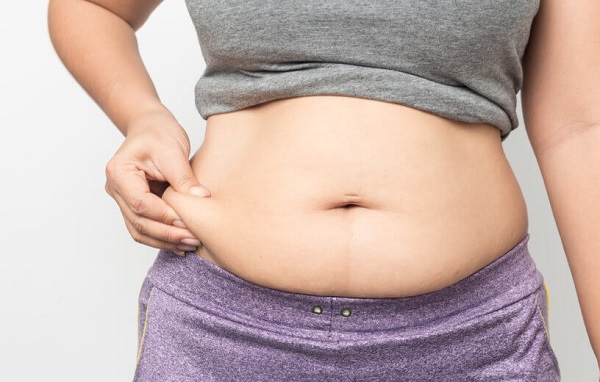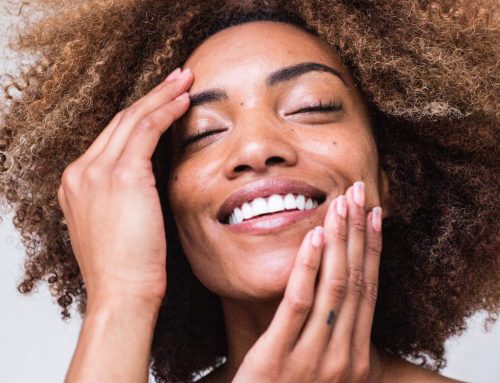Skin tightening is a non-surgical, non-invasive cosmetic treatment that can tighten facial skin and other areas such as stomach skin. It is less invasive than surgical procedures such as facelifts, eye lifts, and tummy tucks. The clinicians at Skin Tightening Brisbane clinics work with patients to see where a skin tightening treatment is most effective.
Little or no Complications
It is a popular process because skin-tightening methods do not have as many complications or risks and are less expensive than cosmetic surgery. Although many users say the results can be just as effective as surgery, there is not enough research to show how effective they are over the long run. This article will explain the different types of skin tightening treatment and what you can expect from them.
How Does it Work?
Young children have a lot of elastin and collagen (certain types of proteins), which give skin its elasticity and structure. But as people, age skin starts to lose elasticity, gravity, pollution, stress, and other things add even more toxins to your skin, making it lose more elasticity.
Skin Tightening Brisbane experts tell us that these procedures are very effective. Nonsurgical skin tightening treatments help tighten that skin by stimulating the production of collagen under the skin, thereby allowing the skin to fix itself naturally.
These are the different types of treatments performed by Skin Tightening Brisbane clinics.
The Thermage Procedure
Thermalift was the first process of this type. It is a device that uses radio waves and applies them to the skin that needs tightening. The procedure doesn’t require any anesthesia or, at best, only a topical one, an there is no required recovery time afterward. It is a one-session treatment, but many people say they see more benefits from repeated sessions.
Whether you are using a Thermage treatment or a different type of skin tightening treatment with a few more sessions, the point is that users say they don’t see any significant results until four months.
The Intense Pulsed Light/Radiofrequency
Also known as Velashape this device targets fat cells and then shrinks them. It is a handheld device that sends infrared waves into the skin layers to break apart fat deposits. Users believe it gets significant results.
Ultrasound
This skin tightening procedure uses ultrasound waves to stimulate collagen. You can get procedures performed in specialized clinics or purchase a device for home use. They are somewhat expensive devices, and if you don’t follow specific use instructions, you may not get the effect you want.
Skin Tightening
All of these treatments are available for the face and known as Thermage, Thermalift, or Exilis.
Stomach Tightening
As this area is larger, most specialists opt for Velashape in this area. Thermage Thermalift and Exilis are more appropriate for facial areas.
Does it Work?
Based on the research and the work already done with skin tightening treatments, the evidence does show that it works. The results are not as dramatic as they are with surgical methods, but people are happy with the process.
How to Prepare Your Skin Before Skin Tightening Treatment
You want to do a few things before getting skin tightening to prevent or minimise the risks of side effects.
You want to refrain from being out in the sun and getting a sun tan or from visiting a tanning salon. If you are going to expose your skin to the sun, use SPF 50 sunscreen. If you did get a suntan, wait two weeks before getting a skin tightening treatment.
The Day Before Treatment
Avoid using lotions or perfumes on the day of your treatment and the day before the procedure shave any hair you might have on your skin’s treatment area.
Side Effects
There are very few side effects to this treatment, and when they appear, they tend to be very minimal. The experienced side effects might include some swelling, redness, tingling, soreness, or slight swelling.

